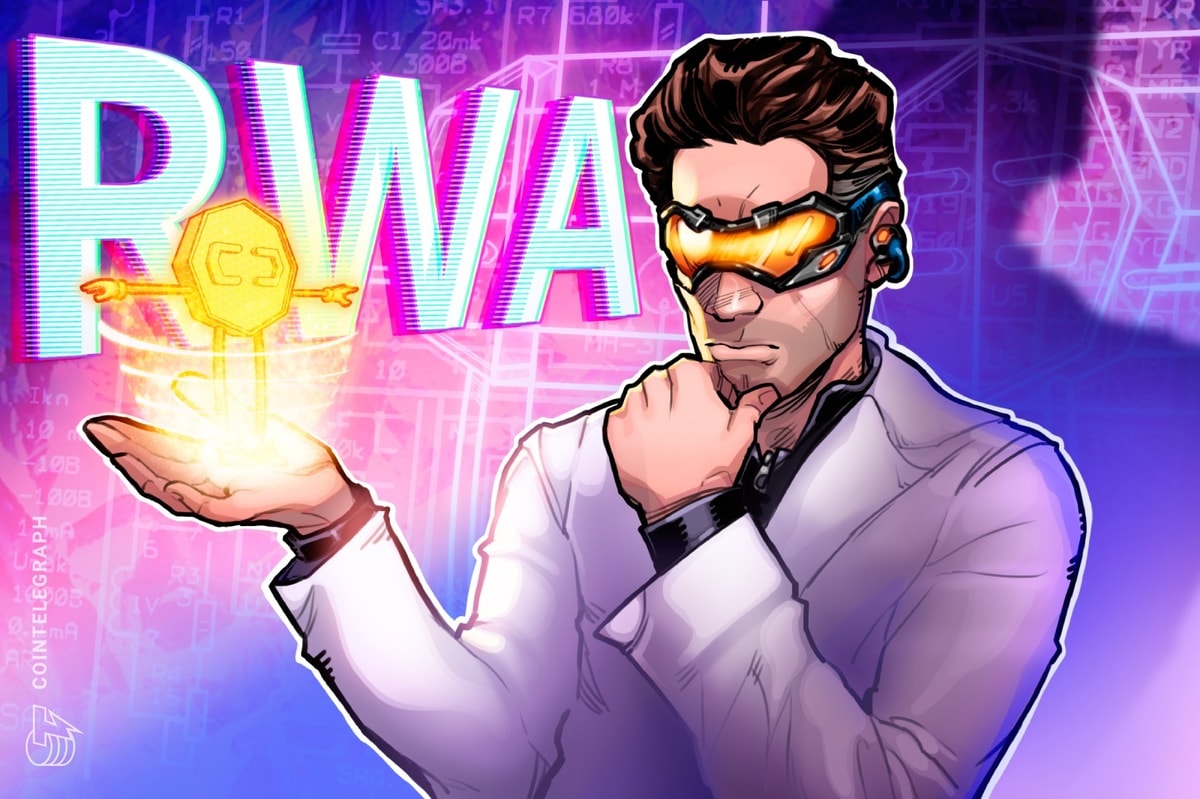The Rise of Real-World Assets in Crypto: Trends & Regulatory Hurdles
Around the world
The real-world asset (RWA) market is rapidly emerging as a pivotal trend within the cryptocurrency sector, with an increasing number of companies embracing asset tokenization in 2025.
Despite reports suggesting a potential 260% increase in RWA value this year, prominent industry executives question the reported scale, emphasizing the sector’s nascent stage and relative size.
Interviews with Cointelegraph reveal that sluggish adoption stems partly from outdated regulations, restricted accessibility, and general misunderstandings regarding the backing mechanisms of tokenized assets.
“Not Just Code”: The Legal Foundation of RWA Backing
Adam Levi, Co-founder of tokenization platform Backed, stressed the critical importance of backing in cryptocurrency tokens, contrasting them with assets potentially driven by hype or marketing.
Speaking to Cointelegraph, Levi noted that trust in tokenized equities, for instance, hinges fundamentally on the structure of the product and the transparency and regulatory adherence of the issuer.
Levi elaborated that evaluating RWA tokens requires focusing on legal and financial aspects, not just technology. He stated:
“Technology — secure smart contracts, tech platforms and custody integrations — are also essential, but trust in financial products comes from enforceable commitments under strong regulatory frameworks. The foundation is legal, not just code.”
TZero’s Executive Vice President, Alan Konevsky, further explained that tokenizing physical assets like real estate or collectibles cannot be fully automated at present.
“Tokenization of physical assets requires intermediation by traditional market participants,” Konevsky asserted.
Legal Realities: Is It a 100% Guarantee?
Stobox Co-founder Ross Shemeliak, addressing the challenge of RWA backing, pointed out that these issues are not exclusive to cryptocurrency, often mirroring complexities in traditional investments like real estate.
Shemeliak characterized tokenization as merely “an investment method” and highlighted that tokenization providers bear significant responsibility, conducting thorough due diligence on offerings, underlying assets, and legal restrictions.
However, Shemeliak acknowledged this isn’t foolproof: “Verification complexities sometimes lead providers to launch scam projects.”
In proposing solutions, he suggested data-rich RWA tokens as a promising approach.
Understanding Data-Rich RWA Tokens
According to Shemeliak, data-rich RWA tokens offer more than just asset representation; they embed or link directly to structured, dynamic data about the asset, including valuation and legal status.
He described these tokens as creating “a new level of transparency, interoperability, and investor trust,” addressing limitations present in traditional securities and early-stage tokens.
Examples of relevant technology were provided, mentioning Chainlink’s proof-of-reserves and cross-chain interoperability protocols utilized by platforms like Backed Finance, Maple Finance, and Centrifuge.
Jurisdictional Clusters in Tokenization
Stobox’s analysis identified the top five jurisdictions for conducting tokenization deals: the British Virgin Islands, Wyoming, Liechtenstein, Singapore, and the Marshall Islands.
In its Tokenization Jurisdiction Report, Stobox observed that despite strong regulatory quality and efficiency, Singapore and Luxembourg remain underutilized as special purpose vehicle destinations.
These jurisdictions account for less than 2% globally, presenting potential growth opportunities.












